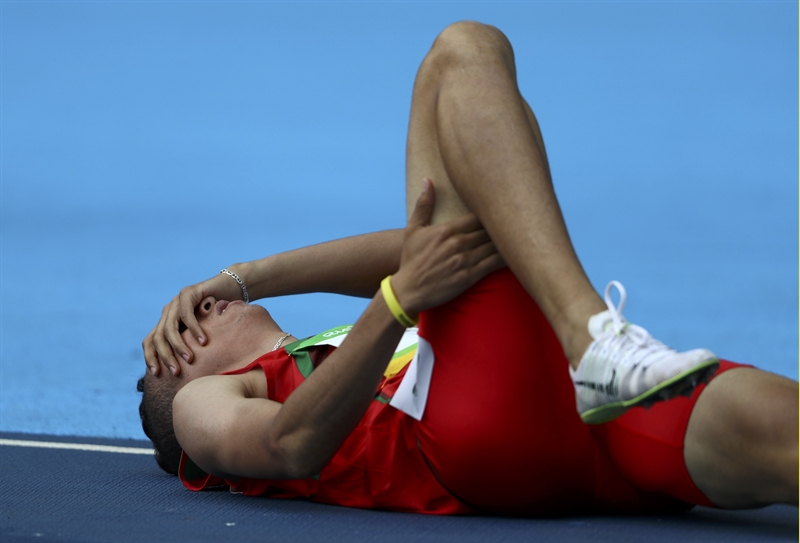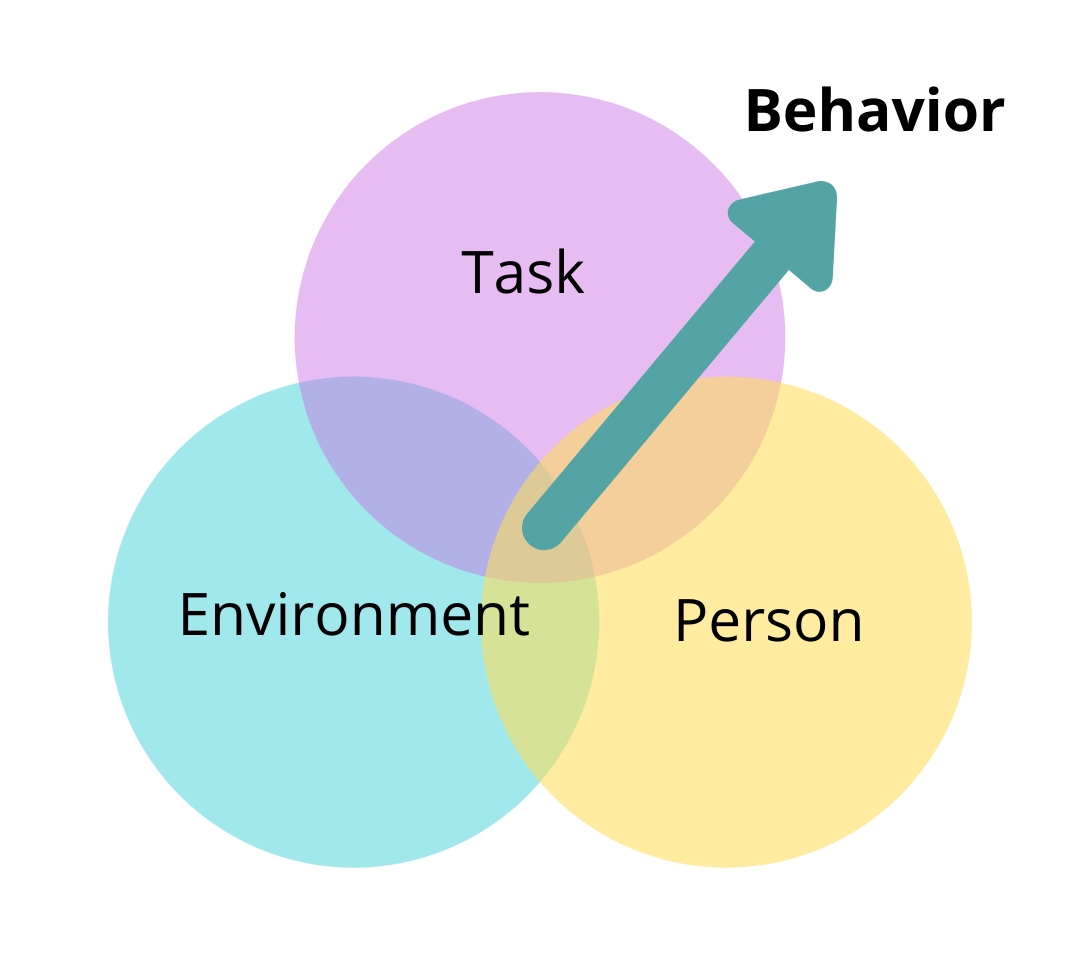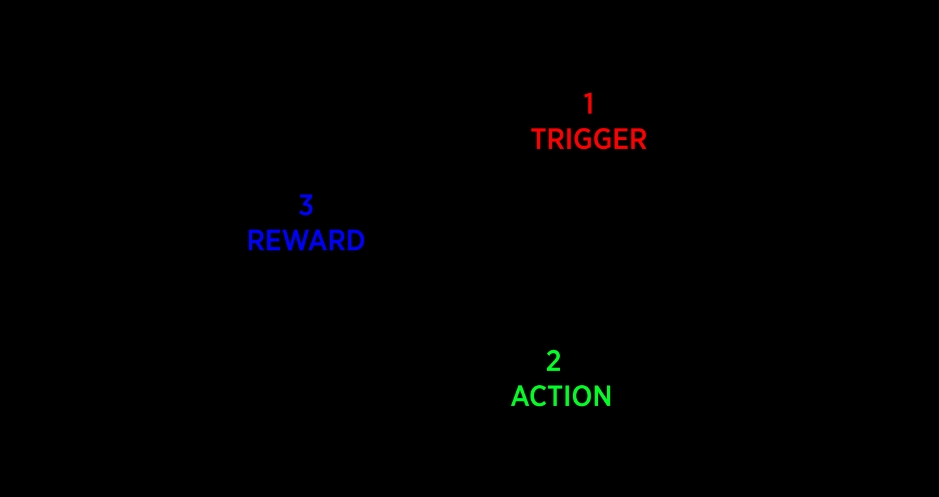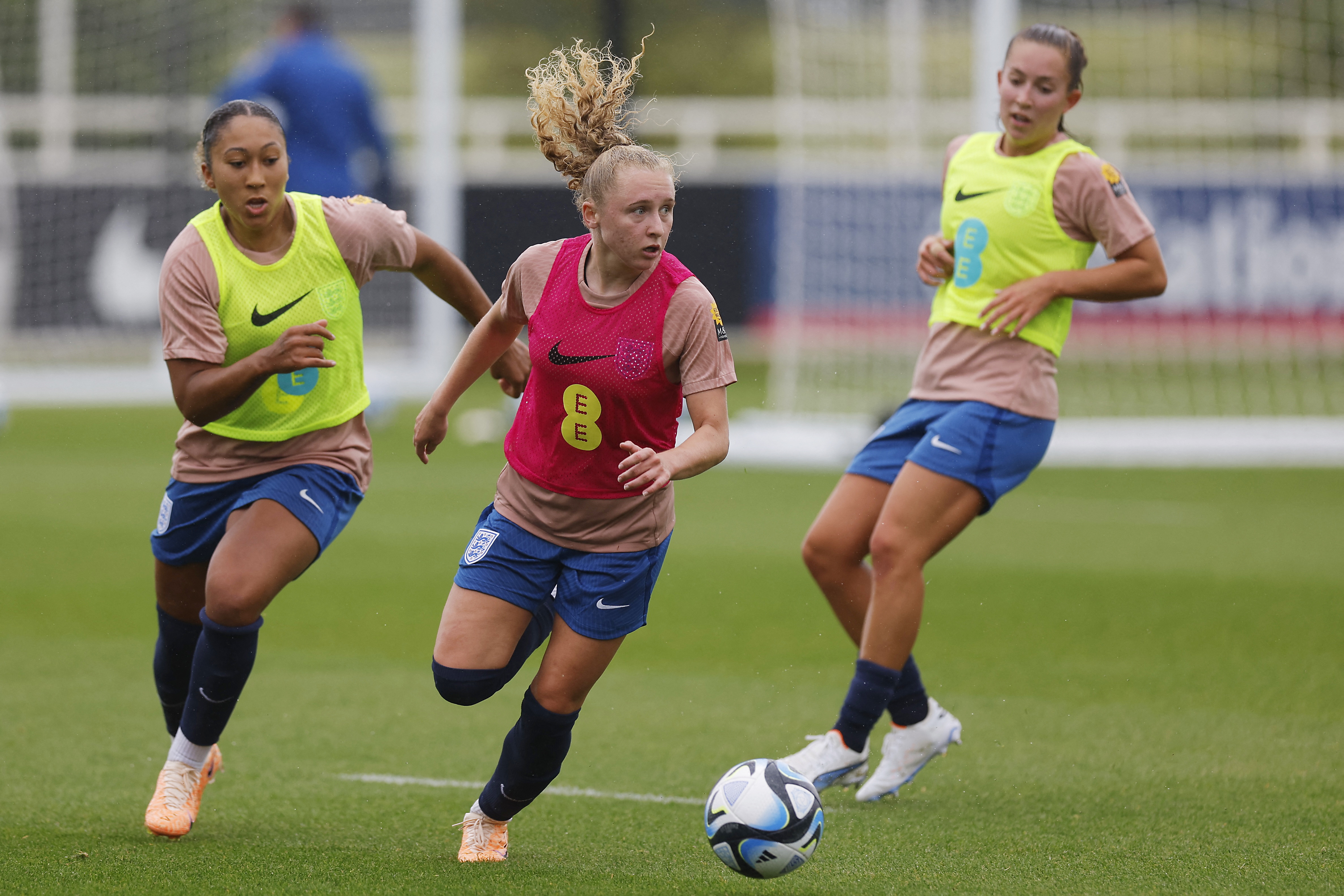Improving compliance with injury prevention programs

Athletes want to spend their time training effectively. They often fail to see the benefit of injury prevention activities when they don’t contribute to improved performance. The importance of injury prevention can be challenging for athletes to understand, especially since different prevention programs have different levels of effectiveness. For example, the HarmoKnee and The 11+ both reduce knee injury occurrence(1). But, The 11+ prevents twice as many knee injuries in a similar-sized group of users (numbers needed to treat: The 11+ = 28, HarmoKnee = 72)(1).
The same injury prevention program can also have different outcomes in different populations. The 11+ is highly effective in adolescent female footballers (reduced injury by 32% vs. control), but ineffective in veteran (>32 years old) male footballers (injury reduction 3% vs. control)(2). These different outcomes can be confusing and frustrating for the end-users: coaches, trainers, physios, and athletes. This confusion impacts one of the key determinants of injury prevention program effectiveness – compliance.
Injury prevention program compliance is “the athletes’ correct following of the prescribed intervention.” Or, “Did the athlete follow the program?”(3). Compliance is the variable that determines whether or not a program works. For instance, if veteran footballers are too stuck in their ways to learn a new warmup routine, this doesn’t mean that the program didn’twork; it merely indicates that they didn’t do it. Therefore before deciding whether an injury prevention program was effective, evaluate the level of buy-in achieved among the participants. Unfortunately, even measuring compliance is complicated (see table 1).
| Athlete | Frequency of completion | Adherence to prescription | Duration |
|---|---|---|---|
| Athlete A | 3 x per week, like clockwork | Rarely completes the 3rd set. He skips the Nordics because he doesn’t like them. | Lost interest after 10 weeks |
| Athlete B | 1-2 x per week depending on work schedule | Completes every rep and every set. | 16 weeks |
Though neither of the athletes in the example complied 100% with the program, they both probably benefited. Measuring compliance is a challenge for researchers because they need to prove that athletes completed the program exactly as prescribed to asses if their intervention worked. In the real world, 100% compliance is unlikely over any significant period. Athletes that aren’t part of research studies tend to miss the odd training session or cut a corner here and there. Sports medicine professionals working in this context would generally be happy if their athletes followed the program most of the time. A pragmatic view suggests that while absolute compliance is unlikely, the more injury prevention training athletes do, the safer they will be. Therefore, practitioners should focus on promoting and sustaining participation in injury prevention activities over an extended period.
Insights from ecological psychology
The field of ecological psychology can help sports injury professionals better understand how to encourage athletes to stick to injury prevention programs. Ecological psychology predicts that behaviors emerge from interactions between the individual characteristics of a person, the task, and the environment (see figure 1). Using the analogy of dieting for weight loss can help to explain these interactions.Figure 1: Ecological psychology model*

*Based on Newell’s Theory of Constraints
An often-cited adage from the world of nutrition is, ‘The best diet is the one that’s followed.’ Diets that are less strict and provide more flexibility are easier to stick to and have better long-term outcomes(4). When diets require too much effort, thought, and pre-planning, dieters tend to lapse and ultimately fall off the wagon. Making diets stricter or more flexible is an example of task manipulation.
But changing the diet is only one way to manipulate nutritional behavior. Another is to change the environment. If a person aiming to lose weight spends a week at a resort that only serves tofu and seafood wraps, they cannot make unhealthy meal choices even if they would like to. This scenario is an example of manipulating the environment to influence behavior.
The final behavior determinant is the characteristics of the person. Different individuals may show different levels of motivation, discipline, and cognitive restraint, all of which will make them better or worse at completing a particular task in a specific environment. On this basis, to improve an athlete’s compliance with injury prevention programs, consider how to manipulate the activity at hand, the environment in which they function, and their behavior.
Task
Injury prevention isn’t a sexy activity. In most cases, athletes would far rather train, play, or have a friendly field-side chat than engage in these important but often tedious exercises. In this way, injury prevention is a little like paying your taxes – it’s a necessary activity, but one most people are reluctant to do. Making it easier to do these activities (think online tax submissions), increases their completion rate. Injury prevention researchers understood this early on and encouraged incorporating injury prevention exercises as part of a warmup routine.
Despite this stroke of genius, many players and coaches feel that these injury prevention warmups take too long or are too tiring. Researchers incorporated that feedback in new experiments on ways to make injury prevention tasks more appealing. A group of Australian researchers demonstrated that splitting The 11+ in half and doing part II (strength, plyometrics, and balance) after training rather than before improved compliance and reduced injury rates(5). The same group also discovered that doing part II of The 11+ at home achieved similar results(6). These effects demonstrate that making it easier for athletes to complete injury prevention exercises improves compliance and reduces injury.
Environment
The environment influences the choices people make. Supervised weight loss programs that foster social support are much more successful than individual go-it-alone methods(7). In the same vein, trainer-supervised group programs promote participation and ensure quality and completion. However, those in authority must also buy-in to the program. If a coach or trainer doesn’t prioritize injury prevention or rushes through this training component, athletes notice. In these circumstances, leaders send an unintended but powerful message regarding the value of injury prevention in that environment. Teams where the coaches are support injury prevention initiatives consistently show better injury outcomes(8,9).
Person
Habits are routines or behaviors that people engage in regularly without consciously thinking about them. Habit cycles emerge when individuals respond to a particular stimulus and receive a reward of positive physical or psychological feedback (see figure 2). Consider frequent and addictive engagement with social media. The first requirement is a trigger, say a dead moment at work or a scheduled break. Because work has stopped, the brain becomes bored and searches for something to focus its attention on. A person logs onto Facebook to pass the time and shares an interesting article. Within a few minutes, the post receives several likes. These likes trigger the release of endorphins leading to a feeling of happiness and general wellbeing – the reward! Repeat the cycle a few times, and the drive to log into Facebook every free moment is now a habit.
Figure 2: The habit loop

Adapted from The Power of Habit: Why We Do What We Do in Life and Business. Random House Trade Paperbacks (January 7, 2014) ISBN-10 : 081298160X
Completing the injury prevention program is the action needed to improve injury outcomes. Therefore, two things are required to turn this into a habit – a trigger and a reward! Scheduling and scripting behaviors are potent tools to trigger actions. For example, though an injury prevention warmup takes 15-20 minutes, many athletes don’t build this into their schedule. Without scheduling time specifically, this task is gets overridden by other daily demands. Committing to arriving 20 minutes early for training provides both a trigger and a space for this action (the warmup) to take place. Similarly, players typically lapse into the same routine when they arrive at the training ground. Scripting injury prevention as part of this arrival routine provides both a social and environmental trigger.
Rewarding injury prevention actions is the hardest part of completing the habit loop and making injury prevention part of an athlete’s daily routine. Unlike participating in sport, participating in injury prevention activities is typically not rewarding in itself. As in the tax metaphor, the reward for doing your taxes is avoiding a fine. In sport, the payoff from injury prevention training is not suffering an injury. Because this reward is actually a non-event, it is necessary to reinforce this with a more tangible and immediate reward to promote the development of the habit loop. The prize need not be grand, but it does need to be consistent. Coach feedback and encouragement can be a valuable reward but if inconsistent or inauthentic can undermine habit development. Equally powerful is the use of visual aids like charts or monitoring apps that track compliance. Athletes are not above receiving gold stars as recognition and reward for completing injury prevention activities. Don’t believe it? How do you think Strava secured 68 million users? Athletes love posting about what they have done and being acknowledged for this by others!
Injury prevention training programs can only be effective if the athletes do them. Therefore, implementing injury prevention is not just about picking appropriate preventative exercises but also about considering how to get athletes to engage with these exercises frequently and over a sustained period. Consider the psychology of human behavior when planning injury prevention to increase adherence to a prevention program!
References
- BMC Med. 2012 Jul 19;10:75. doi: 10.1186/1741-7015-10-75.
- Br J Sports Med. 2017 Apr;51(7):562-571. doi: 10.1136/bjsports-2016-097066.
- Sports Med. 2016 Aug;46(8):1125-39.doi: 10.1007/s40279-016-0470-8.
- Eat Behav. 2013 Jan;14(1):69-72.doi: 10.1016/j.eatbeh.2012.10.015.
- Scand J Med Sci Sports. 2019 Dec;29(12):1941-1951.doi: 10.1111/sms.13532.
- ESSA twitter conference. 2020 Nov. twitter.com/StelliV07/status/1328163893638615040?s=20
- Patient Prefer Adherence. 2016 Aug 12;10:1547-59.doi: 10.2147/PPA.S103649.
- Am J Sports Med. 2007 Sep;35(9):1433-42.doi: 10.1177/0363546507300063.
- 2020 May; doi:10.31236/osf.io/7qh4c
You need to be logged in to continue reading.
Please register for limited access or take a 30-day risk-free trial of Sports Injury Bulletin to experience the full benefits of a subscription. TAKE A RISK-FREE TRIAL
TAKE A RISK-FREE TRIAL
Newsletter Sign Up
Subscriber Testimonials
Dr. Alexandra Fandetti-Robin, Back & Body Chiropractic
Elspeth Cowell MSCh DpodM SRCh HCPC reg
William Hunter, Nuffield Health
Newsletter Sign Up
Coaches Testimonials
Dr. Alexandra Fandetti-Robin, Back & Body Chiropractic
Elspeth Cowell MSCh DpodM SRCh HCPC reg
William Hunter, Nuffield Health
Be at the leading edge of sports injury management
Our international team of qualified experts (see above) spend hours poring over scores of technical journals and medical papers that even the most interested professionals don't have time to read.
For 17 years, we've helped hard-working physiotherapists and sports professionals like you, overwhelmed by the vast amount of new research, bring science to their treatment. Sports Injury Bulletin is the ideal resource for practitioners too busy to cull through all the monthly journals to find meaningful and applicable studies.
*includes 3 coaching manuals
Get Inspired
All the latest techniques and approaches
Sports Injury Bulletin brings together a worldwide panel of experts – including physiotherapists, doctors, researchers and sports scientists. Together we deliver everything you need to help your clients avoid – or recover as quickly as possible from – injuries.
We strip away the scientific jargon and deliver you easy-to-follow training exercises, nutrition tips, psychological strategies and recovery programmes and exercises in plain English.










